
A body with that is not accelerating is in equilibrium. A body travelling at constant speed is in translational equilibrium. A body rotating at constant angular velocity is in rotational equilibrium.
Key Concepts
A body is in rotational equilibrium if the sum of the anticlockwise torques is equal to the sum of the clockwise torques about a pivot:
\(\sum\Gamma_\textrm{anticlockwise}= \sum\Gamma_\textrm{clockwise}\)
A body is in translational equilibrium if no resultant force acts:
\(\sum F_\textrm{upward}=\sum F_\textrm{downward}\)
\(\sum F_\textrm{left}=\sum F_\textrm{right}\)
Like torque for force and moment of inertia for mass, there is also a rotational equivalent for acceleration, angular acceleration.
Angular acceleration is defined as the rate of change of angular velocity:
\(a={\Delta \omega\over \Delta t}={{\omega _f-\omega_i}\over t}\)
- \(\alpha\) is angular acceleration (rads-2)
- \(\omega_f\) is final angular velocity (rads-1)
- \(\omega_i\) is initial angular velocity (rads-1)
- \(t\) is the time taken (s)
We can convert between tangential and angular acceleration:
\(a=r\alpha\)
- \(a\) is tangential acceleration (ms-2)
- \(r\) is the radius of the circle (m)
- \(\alpha\) is angular acceleration (rads-2)
Recall from Oscillations and Circular motion, there are two methods for finding angular velocity:
- Angular velocity is the instantaneous rate of change of angular displacement (rad): \(\omega={\Delta \theta \over \Delta t}\)
- For repeated circular motion, angular velocity is the total angle moved through for a complete circle (\(2\pi\) rad) divided by the time period (s): \(\omega = {2\pi \over T}=2\pi f\), where \(f\) is the frequency (Hz).
Note the three forms of acceleration:
- Angular acceleration is the rate of change of angular velocity, or the rate of change in the angle subtended.
- Angular acceleration is is proportional to the tangential acceleration, the rate of change of translational velocity. This requires a resultant force acting along a tangent to the circle.
- These are not related to centripetal acceleration. Centripetal acceleration is towards the centre of the circle and thus requires a resultant force along a radius to the circle, perpendicular to the tangent.
How much of Equilibrium and angular acceleration have you understood?


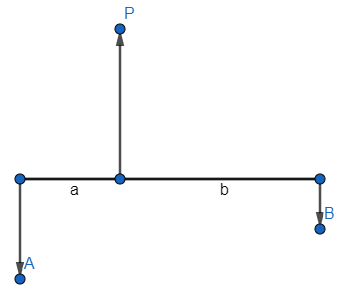
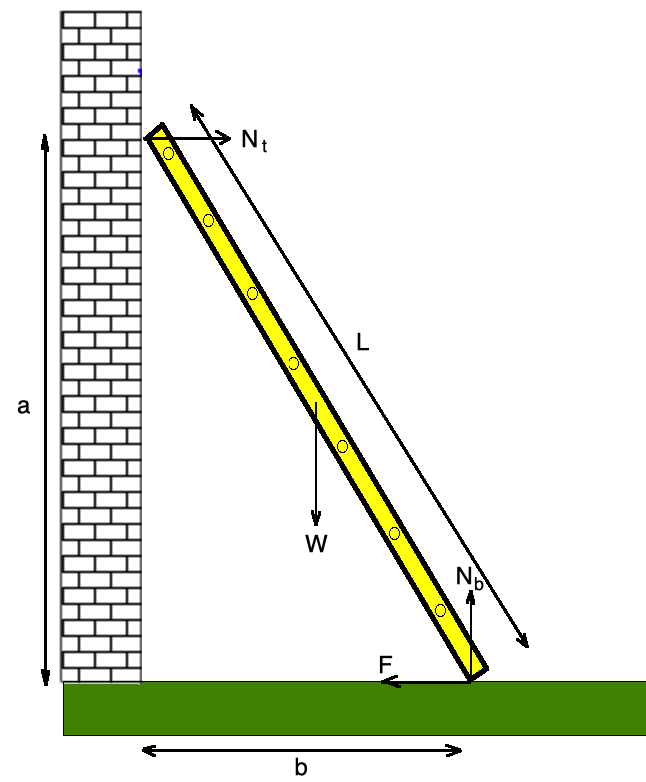
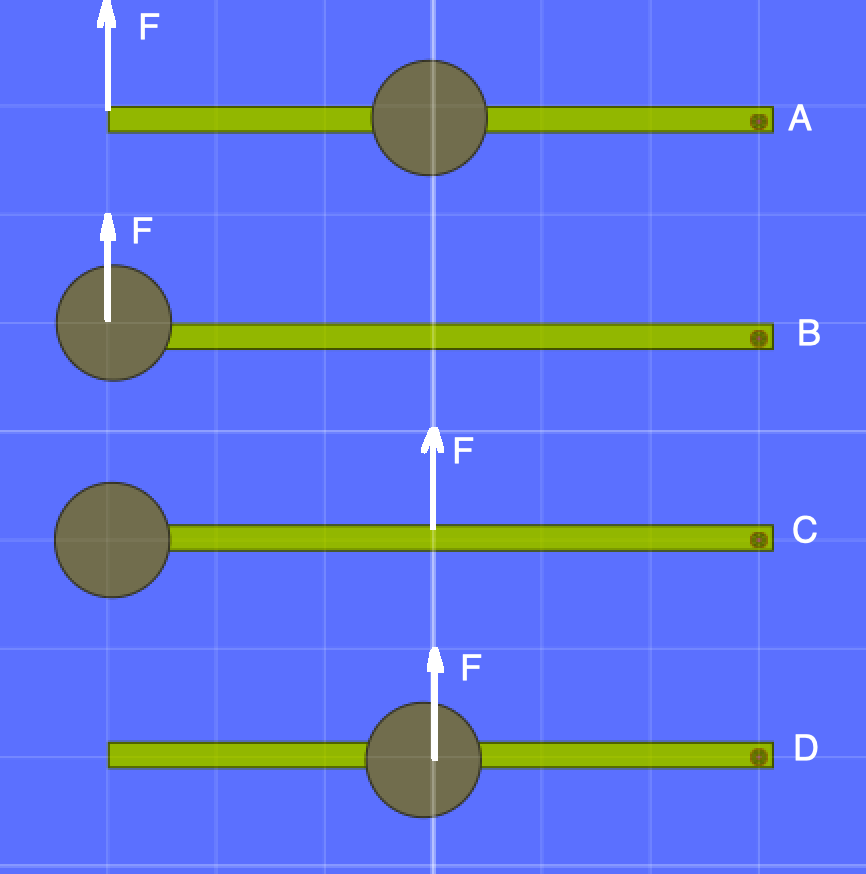
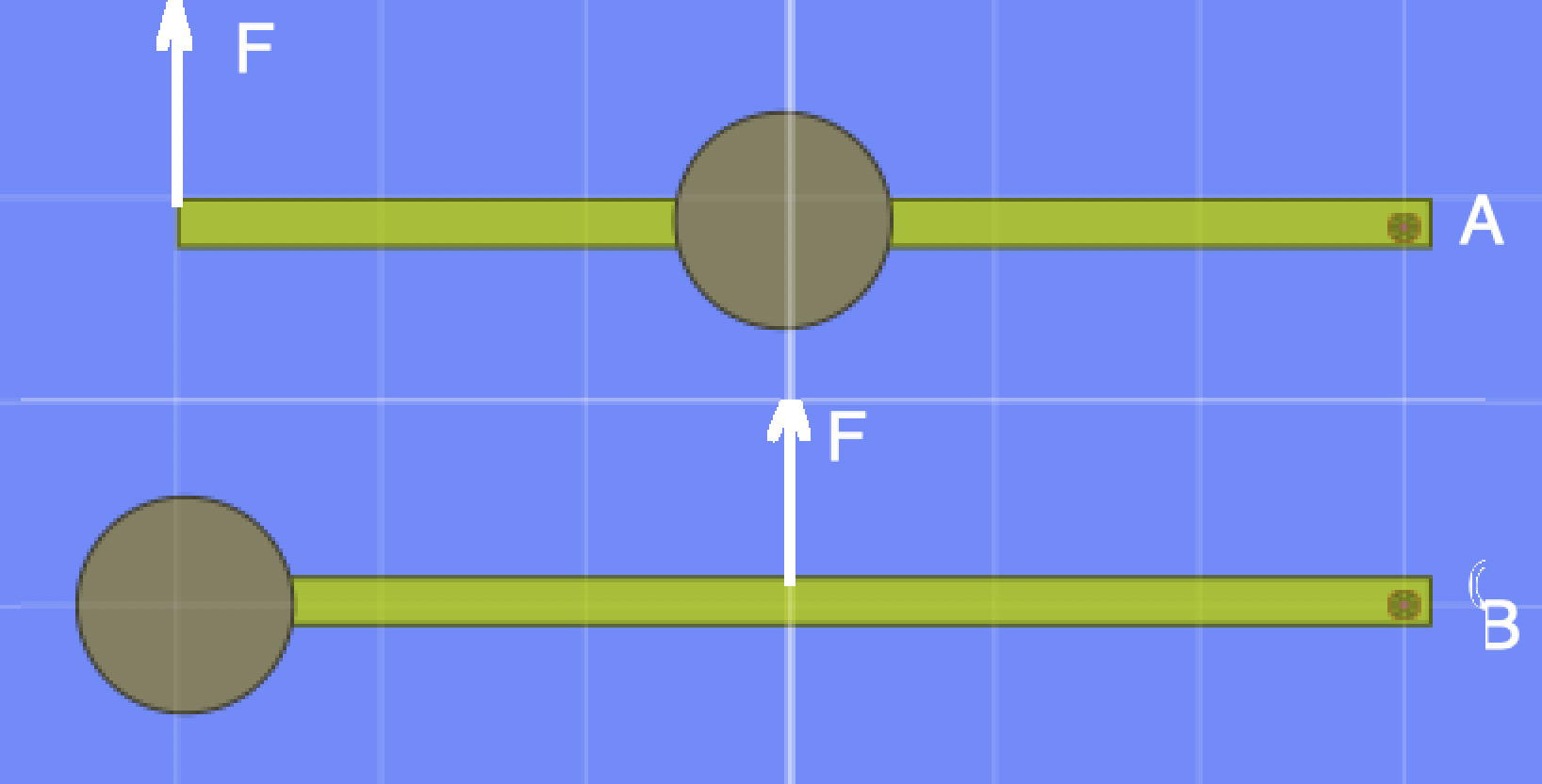
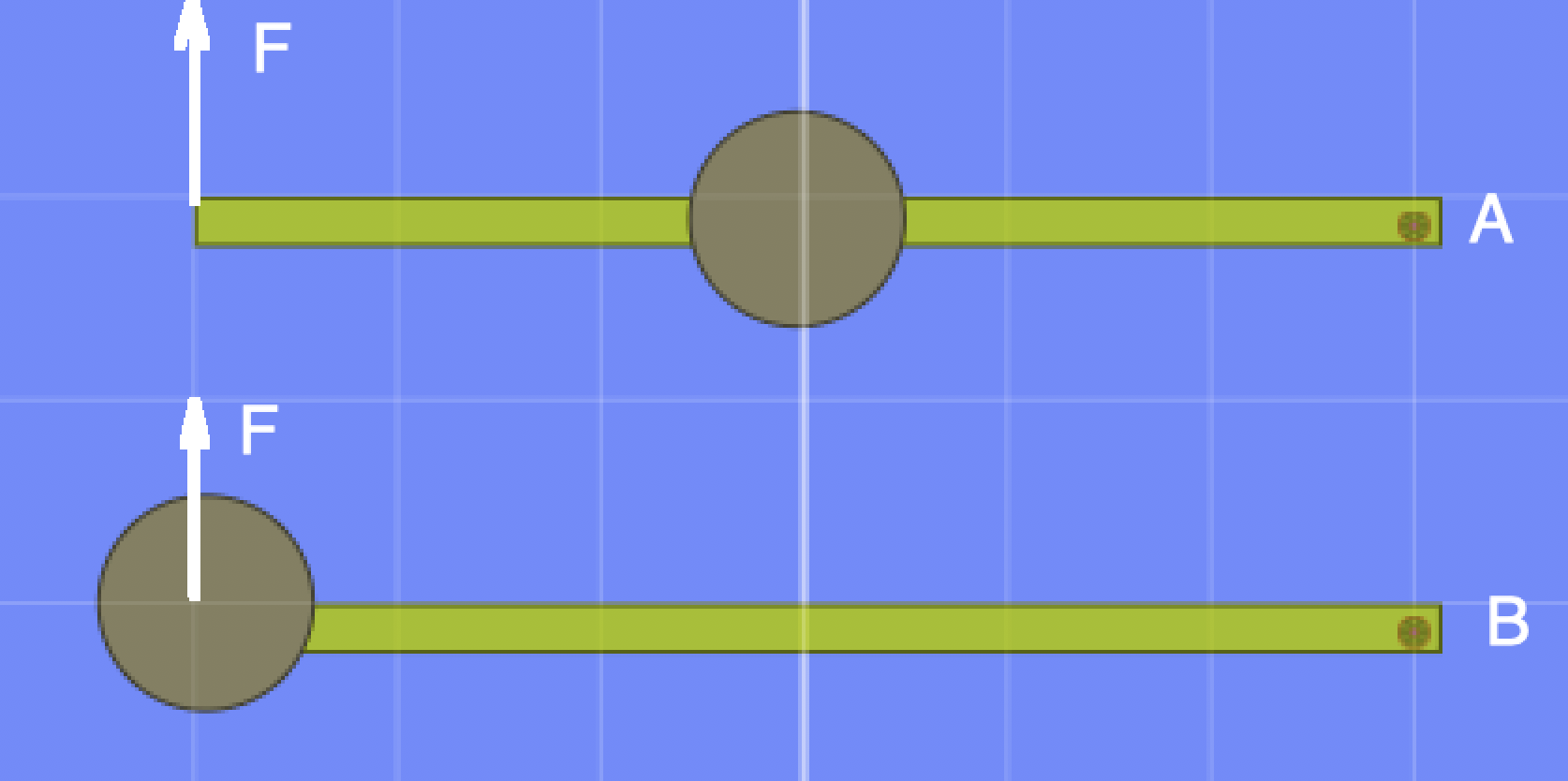
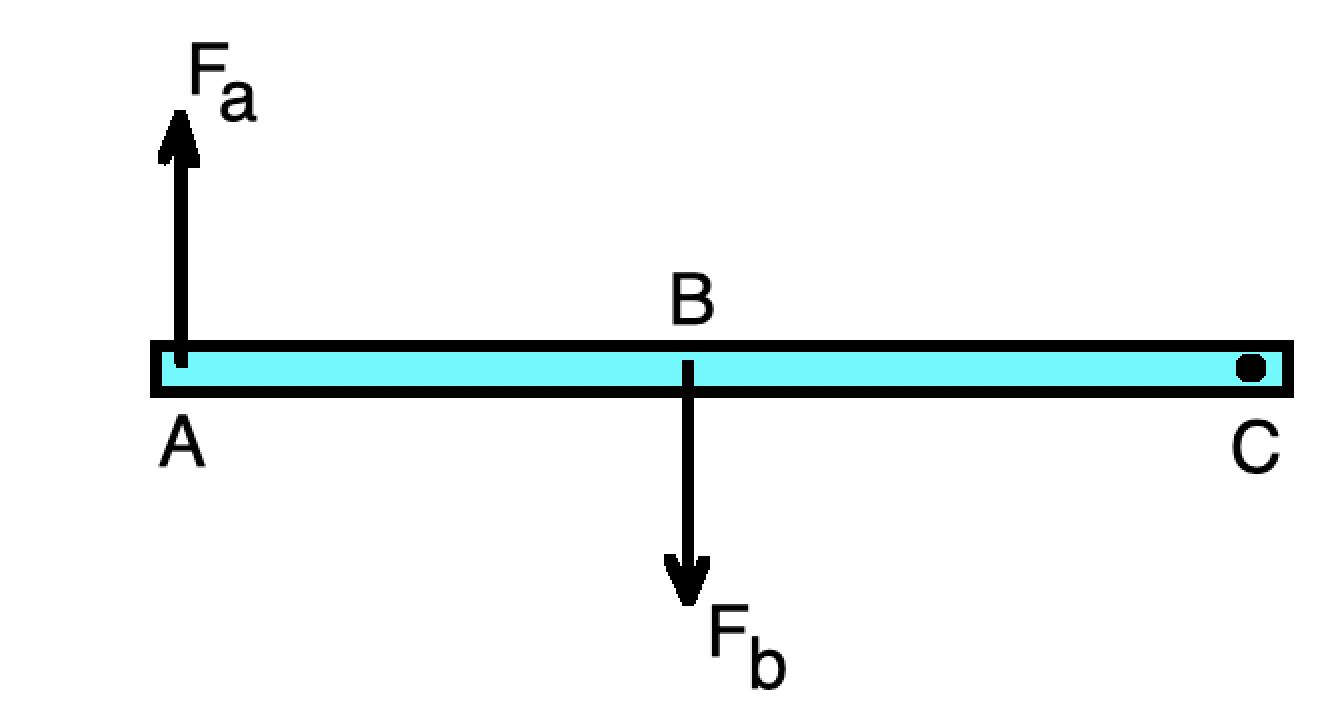
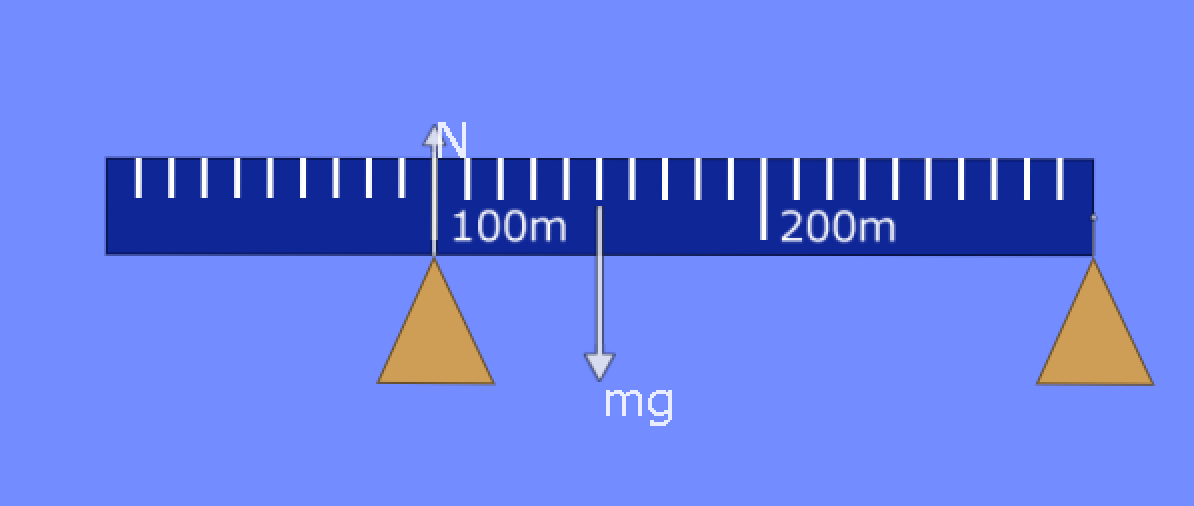
 Twitter
Twitter  Facebook
Facebook  LinkedIn
LinkedIn